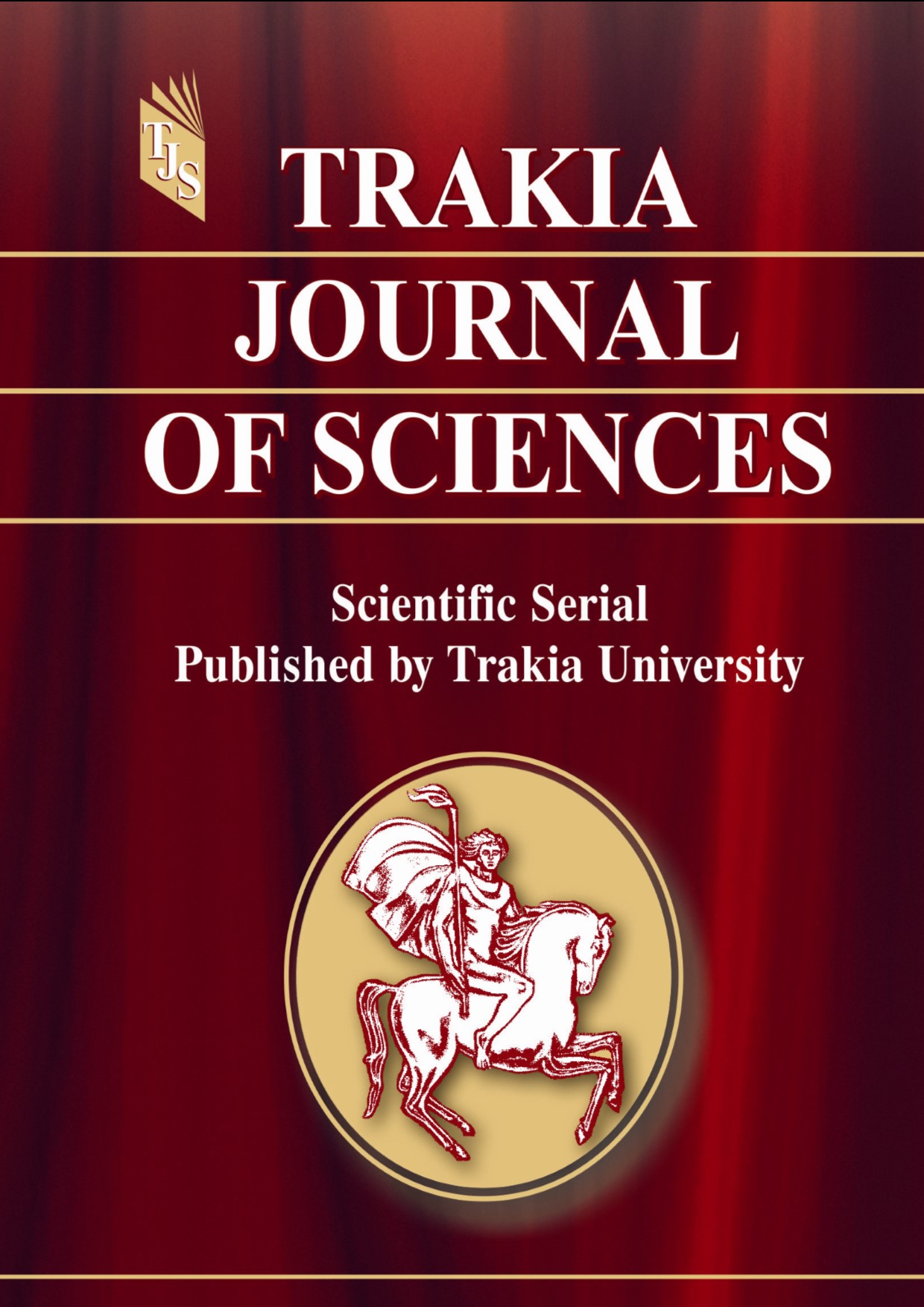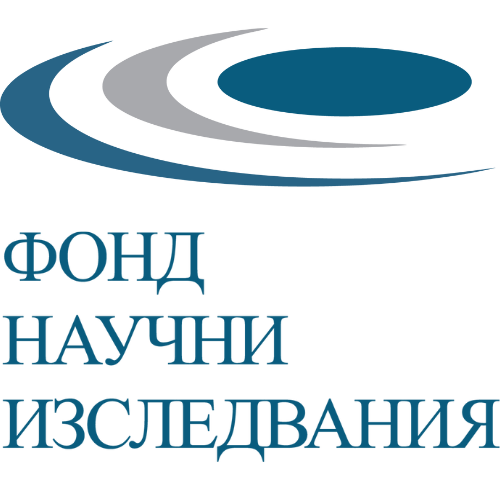TEACHER`S OPINIONS AND ATTITUDES REGARDING PRINTED, ELECTRONIC AND DIGITAL TEXTBOOKS
DOI:
https://doi.org/10.15547/tjs.2024.s.01.015Keywords:
Printed textbooks, electronic textbooks, digital textbooks, research in elementary educationAbstract
The paper deals with a significant issue within the educational process - textbooks. Textbooks are the fundamental, mandatory, didactic teaching tool intended for the acquisition of competences: knowledge, skills and values. The digital age necessitates the use of electronic/digital textbook, besides the printed ones. Starting from the academic 2021/22 year the application of electronic textbooks began, and last year, digital textbooks were prepared for some grades of elementary education in R. N. Macedonia.
The purpose of our research was to examine schools teacher`s views regarding the use of printed, electronic as well as digital textbooks. We`ve sat several tasks related to the main goal of our research, such as: the type of textbooks teachers prefer, the weaknesses as well as the advantages of digital textbooks, etc. The sample consists of 158 teachers from I - V grade, as well as subject teachers ( VI-IX) form several primary schools all over the country. We applied the research technique: survey and the following instrument – a questionnaire with 15 closed type questions. For statistical data processing we used the statistical package SPSS7. The analyses showed that the majority of teachers believe that textbooks are one of the fundamentals in the educational process and are still a necessity. Also, they consider digital textbooks as being able to offer greater interaction and allow students to progress according to their abilities, in addition to raising the level of student`s interest in education. The biggest weaknesses identified by the teachers are the following: the lack of tablets or computers for every student, as well as too much viewing of the screen.
References
Концепција за изработка на учебник и методологија за вреднување учебник ( 2010).Биро за развој на образованието, Министерство за образование (2010)
Mangen, A., Walgermo, B. R., & Brønnick, K. (2013). Reading linear texts increases retention of information in compared to reading hypertexts. International Journal of Educational Research, 58, 61-68.
Rosen, L. D., et al. (2013). The distracted student: Learning in the digital age. Computers in Human Behavior, 29(3), 1075-1083.
Parker, K. (2019). The impact of technology on teaching and learning. Educational Technology Research and Development, 67(3), 599-617.
Sharma, R. (2016). Digital textbooks: Prospects and challenges. Journal of Educational Technology Development and Exchange, 9(1), 45-56.
Kim, H., & Schallert, D. L. (2018). Print vs. digital textbooks: A review of literature. International Journal of Educational Research, 92, 112-121.
Carr, N. (2010). The shallows: What the internet is doing to our brains. New York: W.W. Norton & Company.
Baker, R. S., et al. (2018). How do students use their textbooks? Evidence from a study of student engagement. Educational Research Review, 24, 68-79.

Downloads
Published
Issue
Section
License
Copyright (c) 2025 Trakia University

This work is licensed under a Creative Commons Attribution-NonCommercial 4.0 International License.


